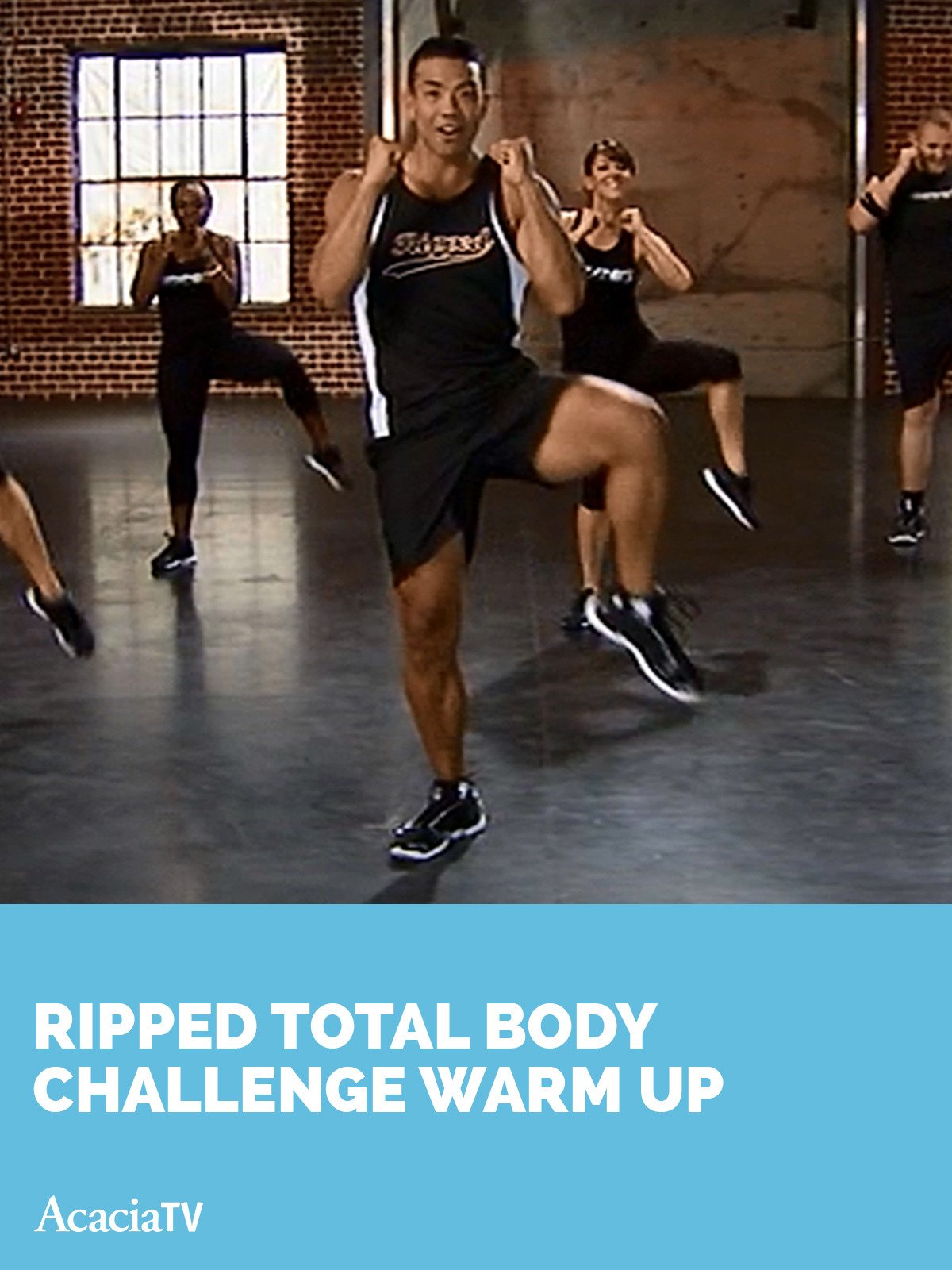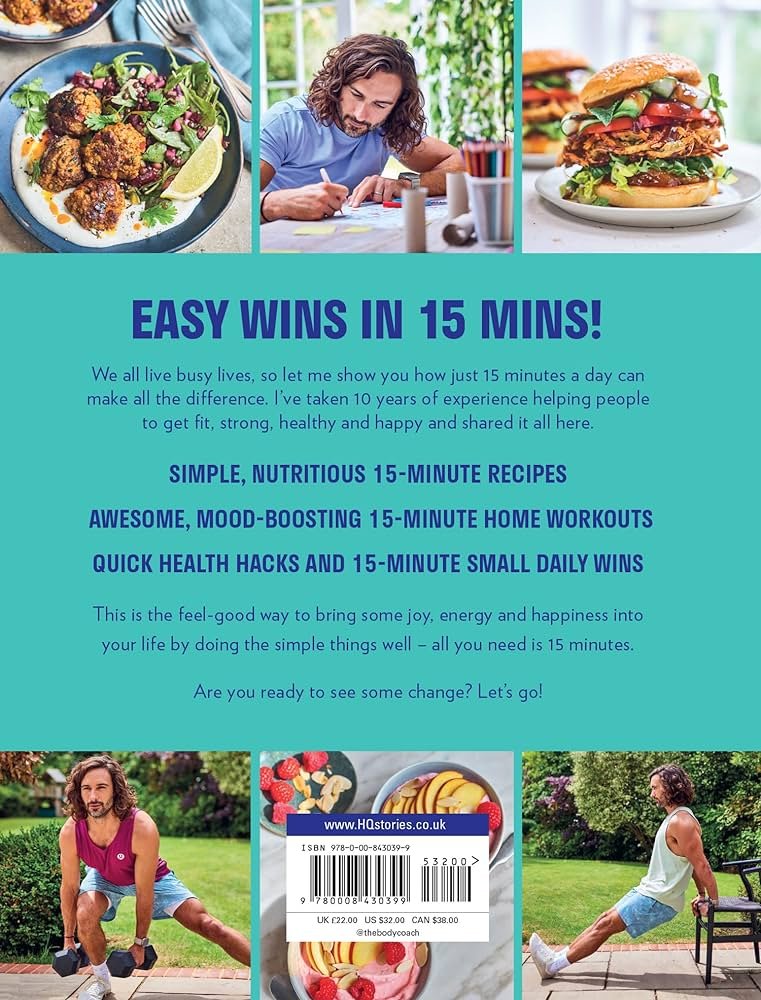To set fitness goals, begin by identifying specific, measurable outcomes and establish a realistic timeline. Determine your current fitness level and tailor your objectives to align with your personal capabilities and interests.
Embarking on a fitness journey starts with crafting clear and attainable objectives. Smart goal setting involves considering what you genuinely aspire to achieve in your physical health pursuits. This process should include a good balance of ambition and realism, paving the way for sustainable progress.
It demands an honest assessment of where you stand and a vision of where you want to be. Your goals, whether it’s running a certain distance, lifting a set weight, or simply incorporating more activity into your day, should inspire and challenge you. By breaking down these aspirations into smaller, achievable milestones, you cultivate a sense of accomplishment that fuels further success. Remember, these goals are personal guideposts designed to keep you focused and motivated on the path to a healthier lifestyle. With concise objectives in hand, you’re ready to take on the challenge and make strides toward a fitter you.
Embracing Wellness Through Fitness Goals
Welcome to our guide on ‘Embracing Wellness through Fitness Goals’. To achieve overall wellness, setting fitness goals is a key stepping stone. Let’s unlock the secret to a healthier lifestyle by defining personal milestones and understanding the impact of fitness on our well-being.
Defining Personal Wellness
What does wellness mean to you? It’s a blend of physical, mental, and emotional health. Personal wellness is more than being free from illness. It’s a dynamic process of growth and achieving a balanced lifestyle. Your definition shapes your goals.
To define your wellness, answer these questions:
- What are my daily energy levels?
- How do I handle stress?
- Do I feel strong and fit?
- Am I happy with my lifestyle?
The Role Of Fitness In Overall Well-being
Fitness acts as a building block for your well-being. Regular physical activity improves mood, boosts energy, and prevents chronic diseases.
| Fitness Aspect | Well-being Benefit |
|---|---|
| Cardiovascular Health | Enhances heart function and lowers risk of heart disease |
| Muscle Strength | Builds strength and endurance for daily tasks |
| Flexibility | Reduces injury risk and improves range of motion |
| Mental Clarity | Relieves stress, improves focus and sleep quality |
Consider these roles when setting your fitness goals:
- Identify what well-being means for you.
- Create realistic and measurable fitness objectives.
- Reflect on how these goals support your wellness journey.

Credit: www.linkedin.com
Goal Setting Fundamentals
Starting a fitness journey begins with setting clear and effective goals. Understanding the basics of goal-setting can transform aspirations into achievements. Let’s explore how to establish goals that lead to success.
Characteristics Of Effective Goals
Effective goals give direction and motivation. They should possess certain qualities:
- Specific: Clearly define the goal.
- Measurable: Track progress with numbers.
- Achievable: Be realistic in your aim.
- Relevant: Relate the goal to your ambitions.
- Time-bound: Set a deadline for completion.
Goals reflecting these traits inspire action and provide a roadmap to success.
The Power Of S.m.a.r.t. Goals
S.M.A.R.T. goals harness these characteristics into a powerful framework:
| S | M | A | R | T |
|---|---|---|---|---|
| Specific | Measurable | Achievable | Relevant | Time-bound |
Applying the S.M.A.R.T. criteria turns vague desires into concrete plans. It outlines steps and benchmarks towards the ultimate fitness goal.
Starting The Journey
Embarking on a fitness journey is an exciting time. A fresh path to a healthier you awaits. Initiating this transformation requires clarity and strategy. The beginning involves two essential steps: evaluating where you currently are and what objectives lie ahead. We will guide you through these two crucial stages below.
Assessing Your Fitness Level
Understanding your starting point is key to setting achievable goals.
Begin with simple tests:
- Count how many push-ups you can do
- Measure how long you can hold a plank
- Take a timed walk or run and record the distance
These measures paint a clear picture of your current strengths and areas for improvement.
Selecting Your Fitness Milestones
Goals should inspire and guide your journey.
Create a table with specific targets:
| Time Frame | Milestone | Measurement |
|---|---|---|
| 1 Month | Jog Without Stopping | 15 Minutes |
| 3 Months | Complete a 5K Run | Under 30 Minutes |
| 6 Months | Perform 25 Push-Ups | In a Single Session |
These milestones keep you focused and triumphant as you progress.
Creating A Sustainable Fitness Plan
Embarking on a fitness journey requires a plan you can stick to long term. Sustainable fitness plans adapt to your life, grow with you, and make you want to stay active. The key to success lies in balancing the routine with enough variation to stay engaged and in weaving exercise into your daily life.
Balancing Variety And Consistency
To keep your fitness plan fresh and effective, aim for a mix of workouts that you enjoy. A smart balance of cardio, strength, and flexibility training prevents boredom. Make sure to include activities that boost your mood and motivation. Consistency comes from setting regular workout times. Stick to these times as closely as you can, but don’t be afraid to be flexible when life requires it.
- Cardio exercises: Running, cycling, swimming
- Strength training: Weightlifting, resistance bands, bodyweight workouts
- Flexibility workouts: Yoga, pilates, stretching routines
Integrating Fitness Into Your Daily Routine
Turn everyday activities into fitness opportunities. Walk or bike instead of driving for close trips. Choose stairs over elevators. These small changes add up. Sneak in mini-workouts throughout the day if your schedule is tight. Ten minutes of exercise several times a day can be as useful as one long session. Lastly, remember to stand up and stretch every hour, especially if you work at a desk.
| Time of Day | Activity | Duration |
|---|---|---|
| Morning | Stretching or Yoga | 10-15 minutes |
| Lunch | Brisk Walk | 15 minutes |
| Evening | Strength Training | 20-30 minutes |
Creating a plan that works with your life increases the chances you’ll stick with it. Pay attention to how your body feels each day. Rest when needed, and push a little harder when you feel great. This balance will keep your fitness journey progressing smoothly.
Staying Motivated And Overcoming Plateaus
Embarking on a fitness journey can feel exhilarating at first. Yet, challenges arise. Plateaus hit hard, and motivation dips. But fear not—strategies exist to keep you on track toward your fitness dreams.
Tracking Progress And Celebrating Success
Noticing each step taken forward boosts determination. It’s easy to forget the wins along the way.
Use fitness apps or journals to record workouts, meals, and milestones. Visuals help too. Create charts or graphs to see how far you’ve come. Don’t forget, small victories count. Reward yourself!
- Set mini-goals: Completing short-term goals ensures steady progress.
- Take photos: Visual evidence of change can be incredibly motivating.
- Share achievements: Telling friends or family about successes creates accountability and support.
Adjusting Goals As You Grow
As your fitness level evolves, so should your goals. Plateaus signal it’s time to shake things up.
| Original Goal | Progress Made | New Challenge |
|---|---|---|
| Run 5km | Completed in 25 min | Run 10km |
| Lift 50kg Bench Press | 5 sets of 10 | Advance to 60kg |
Ask yourself what excites you. Add variety to workouts to stay engaged. Consider working with a fitness coach. Coaches tailor routines and push limits. Fitness isn’t static—it’s a dynamic journey you shape continuously.
- Evaluate progress: Assess every 4-6 weeks to adapt goals.
- Experiment: New exercises and sports can reignite enthusiasm.
- Set higher stakes: Aim bigger with clear, achievable benchmarks.

Credit: www.amazon.com
Harnessing The Support System
Harnessing the Support System is like building a team. A strong team can help you reach your fitness goals faster. Think of friends who cheer you on. Remember family members who believe in you. They are your support system. They keep you on track. Now, let’s dive into how we can use this power to our advantage.
Leveraging Social Support For Accountability
Fitness journeys often need a push from others. Friends can be your push. A workout buddy makes exercise fun. They also make sure you don’t skip a day.
- Tell your goals to friends or family.
- Join a fitness group or online community.
- Set challenges with friends to keep the spirit alive.
Posting your workouts on social media is also good. It gives you a sense of duty. People expect to see your progress. You don’t want to let them down. This pressure is healthy for staying on track.
When To Consider Professional Guidance
Sometimes, friends aren’t enough. You may need a person who knows the best paths to your goals. Here’s when a coach or trainer helps:
- If you’re new and need direction.
- If your progress stalls.
- When you need specialized training.
A personal trainer can tailor workouts just for you. They watch your form, making sure you don’t get hurt. Dietitians can plan your meals. This keeps your body fueled right. Trust them to guide you towards your targets.
_1.jpg?w=1600&a=t)
Credit: peakwellnessandtraining.com
Frequently Asked Questions For How To Set Fitness Goals
Which Is The Best Example Of A Specific Fitness Goal?
Aiming to run a 5K race in under 30 minutes is an excellent example of a specific fitness goal.
How Do I Set My Fitness Smart Goal?
To set a fitness SMART goal, define specific, measurable, achievable, relevant, and time-bound objectives. Outline clear milestones and assess your progress routinely to ensure goals align with your fitness aspirations and are set within realistic time frames.
What Are Your Fitness Goals?
My fitness goals include building muscle strength, enhancing cardiovascular endurance, and achieving a healthy body composition. I aim for consistent workouts and balanced nutrition to reach these objectives.
What Are Five Guidelines For Setting Fitness Goals?
1. Set specific, measurable goals such as running a certain distance. 2. Ensure goals are achievable, not too far beyond current abilities. 3. Make goals relevant to personal fitness aspirations and lifestyle. 4. Set time-bound objectives to stay focused and motivated.
5. Regularly assess progress and adjust goals as necessary.
Conclusion
Setting achievable fitness goals is the first step on your journey to a healthier you. Remember, consistency beats intensity. Begin with clear, tangible objectives and track your progress. Take pride in each milestone you reach and the strength you gain.
Embrace the path to your best self starting today—every small victory is a leap forward in your fitness journey.


